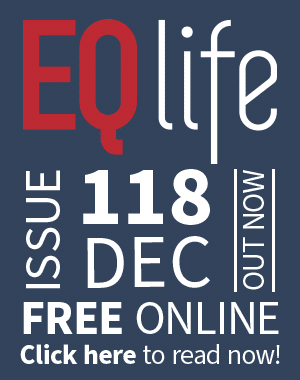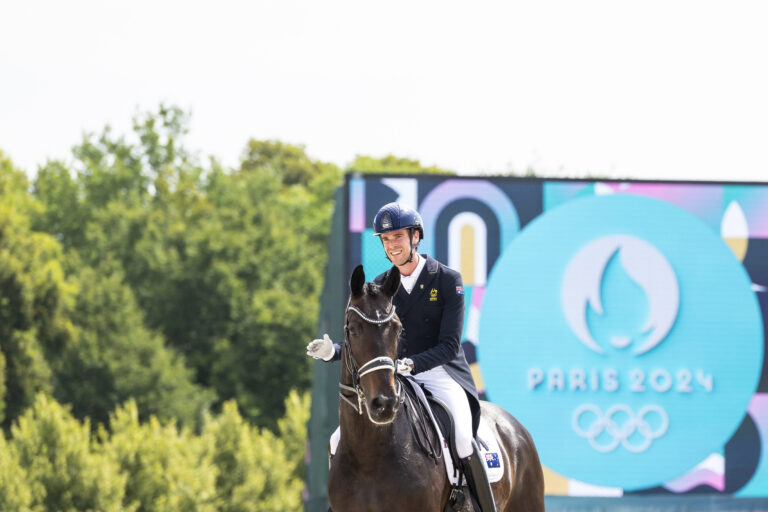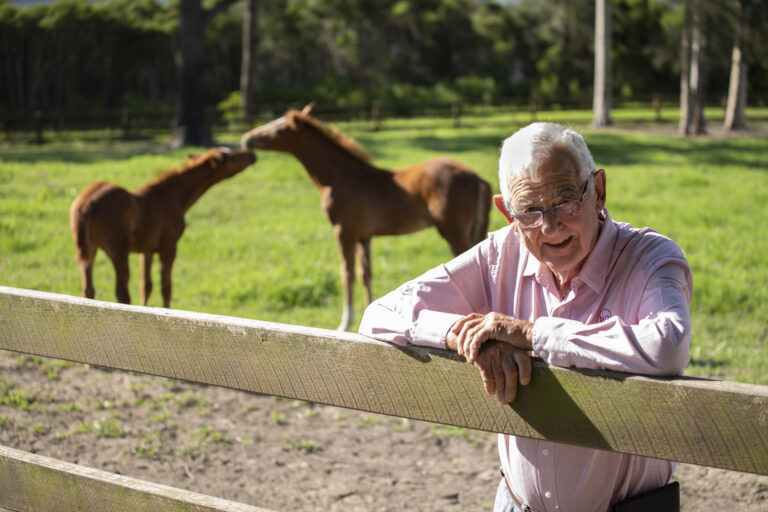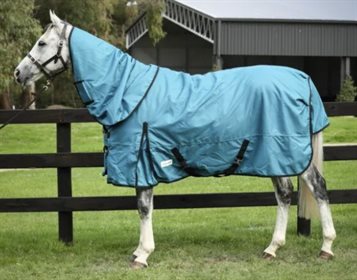This article first appeared in the March 2021 digital edition of Equestrian Life. To see what’s in the current issue, click here.
Kerry Mack has developed a great bond with her Grand Prix horse, Mayfield Limelight.
© Rushe Photography
Understanding your horse’s inner thoughts
By Kerry Mack
Horses are unpredictable creatures, and it is ingrained in their DNA to escape danger. While this is theoretically easy for us to understand, it is a harder to appreciate when your horse has just disappeared out from underneath you and is halfway across the arena because a leaf moved.
While there is somewhat of a language barrier between you and your horse, we can understand their inner thoughts a little better by applying the Polyvagal Theory. We are all familiar with the survival strategies of Fight, Flight, and Freeze. I have written about these stress responses both about stress in horses and stress and anxiety in riders, and why understanding these automatic stress responses helps us perform better, as well as helping us train our horses more effectively.
Briefly, horses and humans both have a nervous system that is wired so that if we are stressed, we can automatically, instinctively and virtually instantly fine-tune our physiology so we can respond efficiently to stress. The Sympathetic Nervous System is like an accelerator that helps us fight or flee. It causes adrenaline to surge through our veins resulting in an increased heart rate, respiratory rate, and muscle tone all to heighten our chances of survival…
Read the full article here in the March 2021 issue of Equestrian Life!









